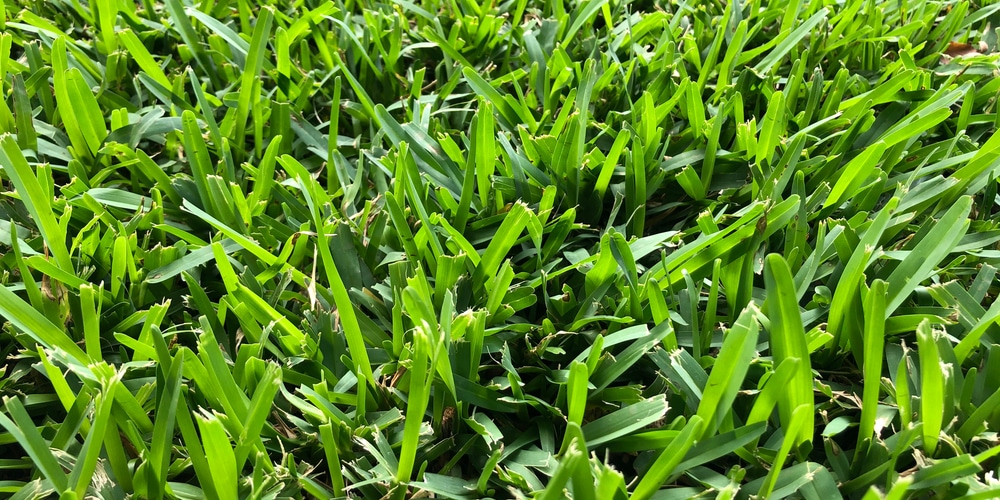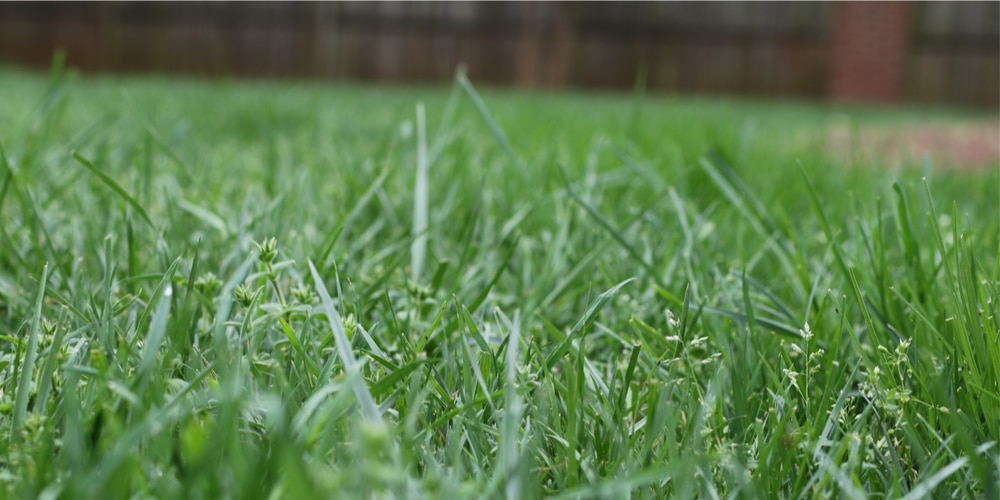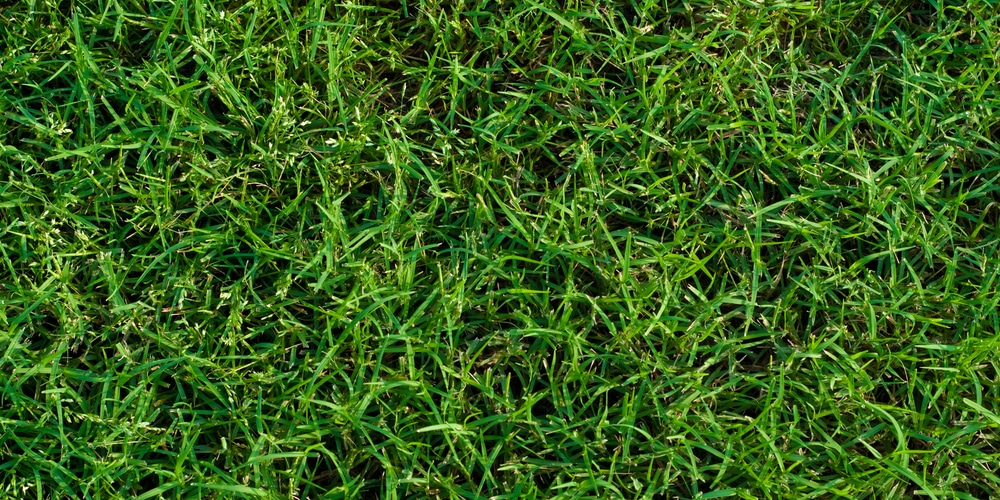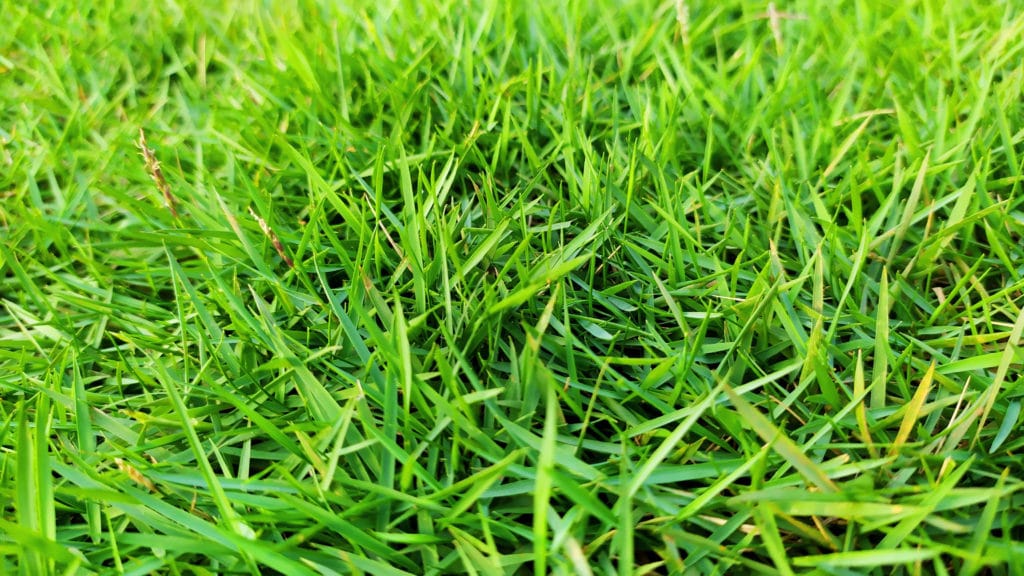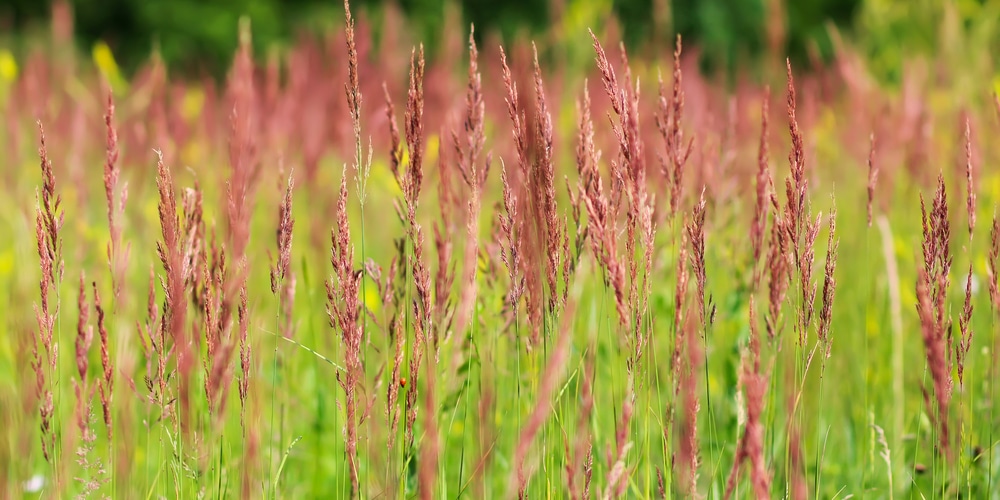Do you have a yard that is predominantly sandy soil? Perhaps you live in a coastal area, and your garden has sandy soil that contains salt. Many types of grass, such as centipede grass, suffers in such conditions. You’ll need a quality grass seed for the sandy soil.
Growing a healthy, thriving lawn in sandy soil can be challenging as fewer nutrients will be in the ground. You can add some compost and fertiliser to help improve the quality of the soil. You’ll also need to plant the correct type of grass seed if you’re to succeed.
For homeowners who have trouble growing grass, various kinds of grass seeds are available that will thrive in sandy conditions. Some of these are St Augustine, Tall Fescue, Bermuda Grass, Zoysia grass, and Red Fescue. Let’s discuss the best grass seeds for sandy soil.
Best Grass Seed for Sandy Soil
There are many different types of grass seed to choose from, so which one is the best choice for sandy soil? Here are five different types of grass; St Augustine, Tall Fescue, Bermuda Grass, Zoysia, and Red Fescue, which will do well in sandy soils.
Some grasses can grow in sandy soil but will become less healthy if you live in a coastal area with salt in the soil and atmosphere. Centipede grass shouldn’t be planted near the beach.
St Augustine Grass
St Augustine grass is the best choice of grass seed for people living in coastal areas with sandy soil that contains salt. It enjoys full sun exposure but is not picky about how much water it gets. It will grow in poor quality soils, and it’s very low maintenance which makes this grass ideal for busy people who don’t have time to spend on their lawn each day. The St Augustine grass seed germinates quickly, which means that you can fill bare spots in your lawn very quickly.
Tall Fescue grass
Tall Fescue grass seed is dense grass that does not need as much water as many other types of grass seed. It grows well in poor-quality soils, including sandy or rocky soils. This type of grass is popular for people who live in inland areas, as it tolerates heat, drought and wears well. It has a deep root system and can tolerate shade.
Tall Fescue is easy to grow and requires little work to make it thrive. This grass species also grows quickly, which means that you’ll be filling bare patches on your lawn very quickly after seeding. While not an ideal grass for coastal areas, Tall Fescue is the best choice of grass seed for people who are looking for a good quality type of grass that doesn’t need much water.
Bermuda Grass
Bermuda Grass has thick blades, which make it look lush when compared to other types of grass. It does not do well in shady areas, so it’s best suited to locations that receive plenty of sunlight each day. Bermuda grass can withstand periods
of drought and is very hardy, making this type of grass seed perfect for people living in coastal areas with sandy soil. It thrives in poor-quality soils and doesn’t need as much water to grow.
Zoysia grass
Zoysiagrass is a type of grass that has been grown in the United States for more than 70 years, originally brought over from Asia and Africa. It is known to be tolerant of heavy traffic and infrequent watering, making it ideal for homes with pets or children who play outside often.
Sandy soils are not usually conducive to growing grass, but some types of Zoysia grass will work well on them. These grasses were mainly developed in areas of the world where sand was abundant. Zoysia japonica (also called Korean lawngrass) is one type that grows well in sandy soil. It does not require much maintenance or fertilizer, but it will need to be watered regularly for the first few weeks after being planted. Although it does not grow very quickly, the grass will spread out to cover a large area with time.
Zoysia matrella is another type of Zoysia grass that can be grown in sandy soil with good results. It grows similarly to japonica but requires more watering and fertilizer in order to grow. If you are looking for grass that requires less work, then Zoysia tenuifolia may be the one for you. Fine-leaf types like this will require irrigation regularly and more frequent mowing.
Related: Zoysia vs. Fescue
Red Fescue
Red fescue is one of the best types of grass for sandy soil. It requires to be watered regularly to get the best results. Because it grows very quickly, homeowners may find that they need to mow more often than with other types of grass.
Red fescue is excellent for sunny locations since it can handle periods of drought or dry soil. It also looks fantastic when left to grow longer, which many homeowners choose to do.
Related: The best time of year to plant fescue
How to Grow a thriving lawn in sandy soils
You’ll need a good straw cover for your grass seed, no matter what seed you decide to plant in your sandy soil.
If your soil is sandy, you can prepare the earth by adding compost or peat moss to improve its quality, drainage, and aeration. Keep your lawn well-watered until it is established; this usually takes about six weeks. Once your lawn is grown, mow regularly with sharp blades to keep the grass healthy. With these tips, you should be able to grow a healthy green lawn, even if you have sandy soil.
Conclusion
Growing a beautiful, healthy green lawn can be a challenge if you have sandy soil, especially if you live in a coastal area. The good news is that some varieties of grass will do better than others in poor-quality soils. The best grass choices for sandy soil are Bermuda grass, Red Fescue, Zoysia, Tall Fescue, or St. Augustine grass.
If you are unsure which type of grass will grow best in your yard, you may like to talk to your local nursery or consult a lawn care professional.
